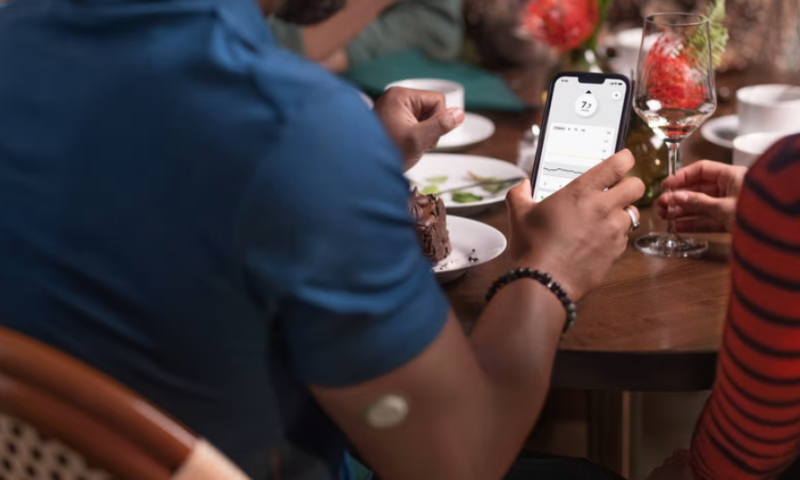It’s here: Dexcom is kicking off the international rollout of the newest generation of its real-time continuous glucose monitor, the G7, to help adults and children with diabetes digitally track their blood sugar.
The system is now available in the U.K., Ireland, Germany, Austria and Hong Kong, the company said. Dexcom also plans to reach outlets in South Africa and New Zealand in the weeks ahead and in additional countries thereafter.
Designed to be 60% smaller than its predecessor—Dexcom’s best-selling G6, which first debuted in 2018—the low-profile, disposable G7 includes a combined applicator and transmitter, and it offers a shorter warmup period. The sensor can deliver blood sugar readings and warning alerts 30 minutes after being applied without the need for calibrating fingersticks.
At the same time, the G7 will help spearhead Dexcom’s move into new markets, including users with Type 2 diabetes plus people focused on getting deeper looks into their wellness and exercise.
Last year, Dexcom obtained an FDA green light to connect its blood sugar data with third-party fitness trackers, including those made by Garmin, Livongo and more. This will allow real-time readings to be displayed on smartwatches for runners, for example, as well as cycling computers on a bike’s handlebars.
Further, the company anticipates a future software release to allow the G7 to connect directly to a wearer’s Apple Watch instead of a separate display device, in addition to current automated insulin pump systems like the G6.
Meanwhile, Dexcom has also been taking steps to enter hospital use. This past March, the company received a breakthrough designation from the FDA for a wearable CGM system to help track the blood sugar levels of patients during their hospital stays. The G7 received its European approval the same month.
The device has seen some delays in the U.S. After being presented to the FDA for review in late 2021, Dexcom chose to resubmit the G7’s software entirely this past summer, pushing back the timeline for a nationwide launch to early 2023.
The rework includes changes to how the G7 and its smartphone apps deliver alarms to the user to alert them to significant changes in their blood sugar.
Comparing the G7 to the G6, Dexcom changed more than the algorithm and the insertion techniques: “We changed every manufacturing procedure that we have and completely rewrote the entire app and the software experience, which is a lot for [the FDA] to digest and a lot for us to submit,” CEO Kevin Sayer said on a call with investors in July.
Europe has also served as a testing ground for Dexcom’s first foray into a dual-product strategy and offering a slimmed-down version of its sensors at a lower price point. The Dexcom One, introduced in Spain and the U.K., uses the same blood-sugar-reading technology as the G6 but with much simpler software and fewer automated features.
Earlier this year, the company said it projects Dexcom One and its G7 rollouts to contribute toward its total revenue of $2.82 billion to $2.94 billion for the 2022 fiscal year, representing between 15% and 20% annual growth. Dexcom has scheduled its third-quarter earnings release for Oct. 27.

